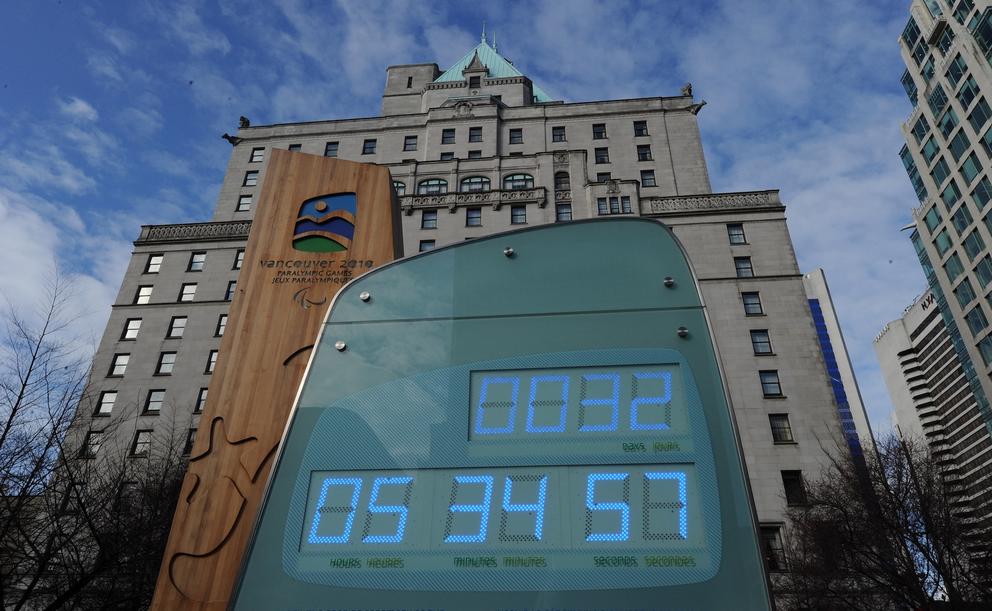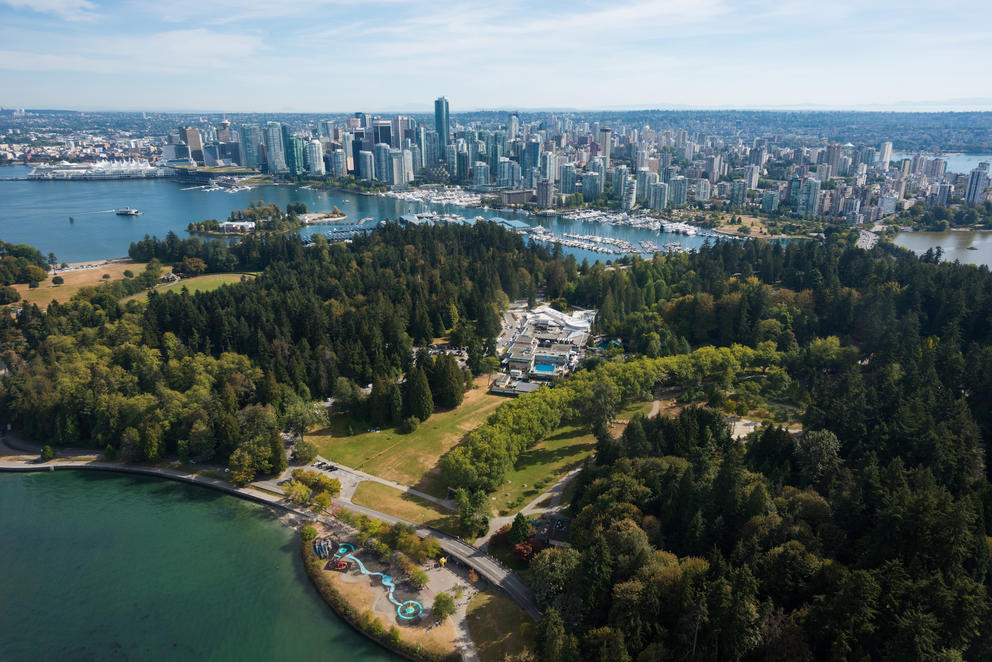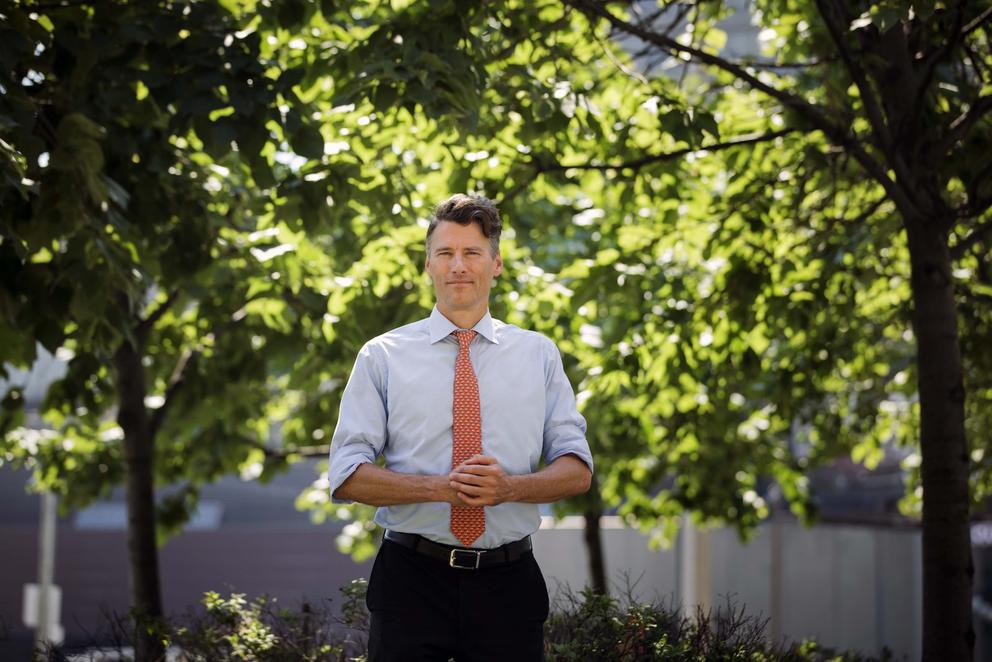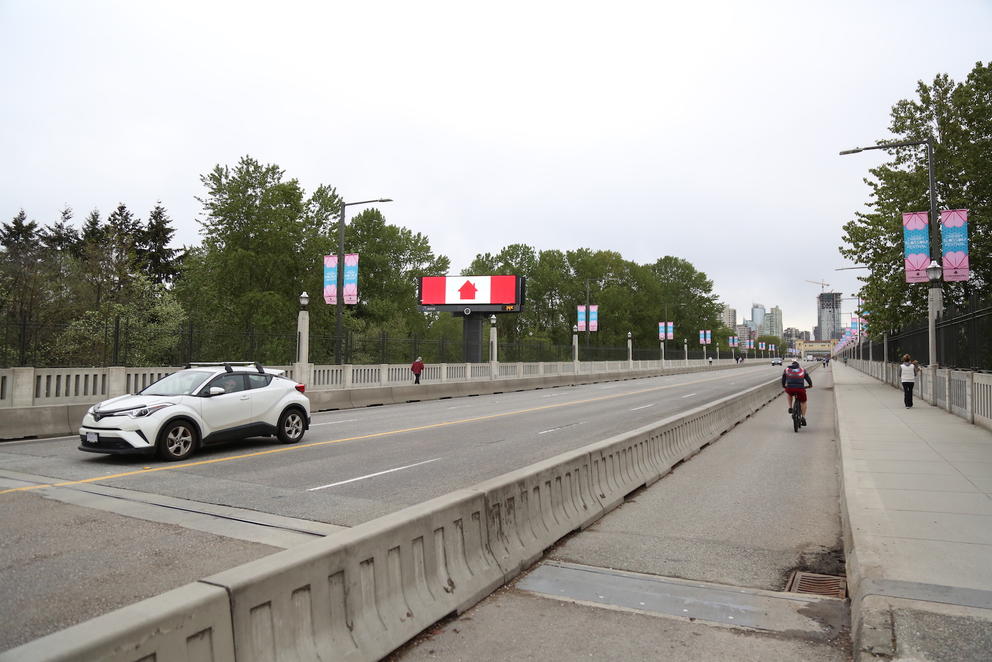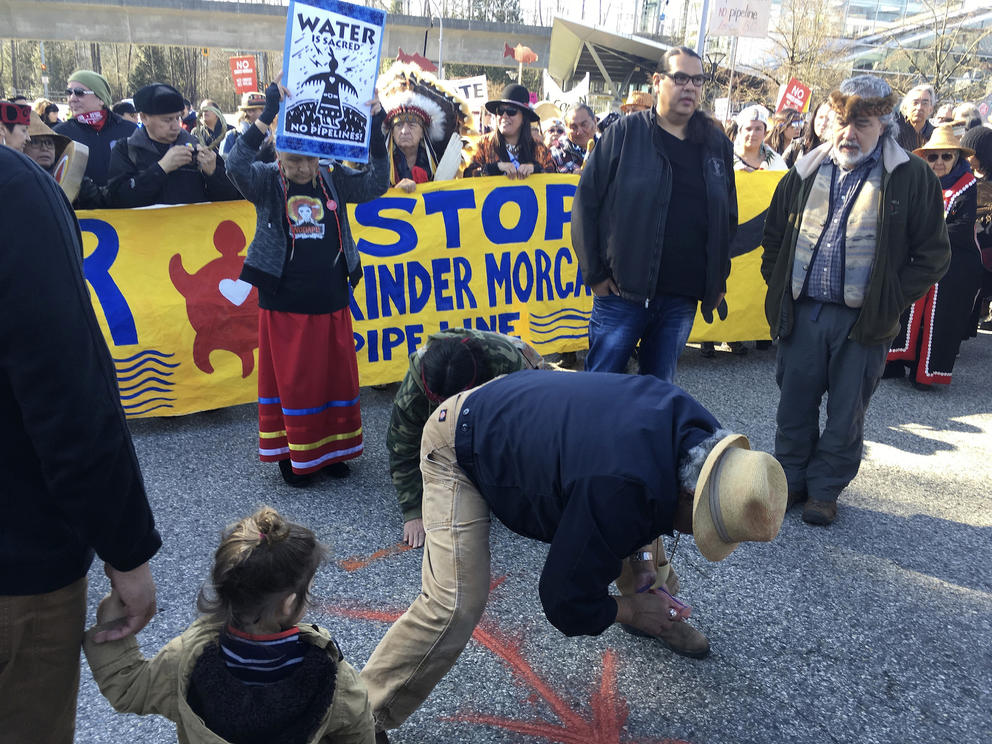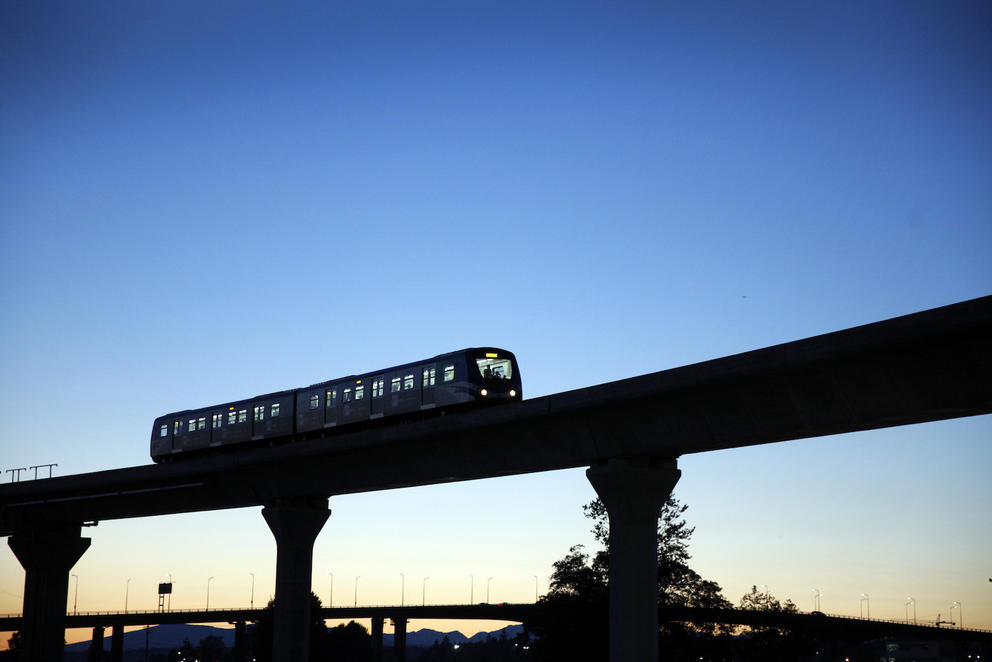Vancouver had long been an environmentally minded city, full of bicyclists and buses; it also had one of the lowest carbon footprints per person in North America. Becoming the “greenest city in the world” was an aspirational goal, to be sure — but it felt entirely possible.
Ten years later, Vancouver is at once a cautionary tale and a qualified success. It shows the limits of what cities can accomplish when it comes to the environment and climate change, as well as how tight budgets and conflicts with provincial and federal governments can get in the way of a progressive city’s ambitious plans.
This report is contributed by Grist, a nonprofit media organization dedicated to reporting on climate solutions and a partner in InvestigateWest’s yearlong reporting initiative Getting to Zero: Decarbonizing Cascadia. That work is supported in part by the Fund for Investigative Journalism.
The 2019-2020 update on the “Greenest City” initiative’s goals reveals that the city has met only six of the 20 quantitative targets it set a decade ago, mostly those related to boosting public transportation and building new city parks. (The final accounting is scheduled for release later this year.) In some areas, the shortfall is stark. Vancouver hoped to cut one-third of its carbon dioxide emissions by 2020, but managed to cut only about 9%. And the city’s plan to cut emissions from buildings — which are responsible for more than half of Vancouver’s carbon footprint — has struggled to get off the ground.
But Robertson is proud of the progress the city made. In 2018, by the end of his third term as mayor, Vancouver had improved in all but one of its target areas. While Vancouver may not be the greenest city in the world (that title likely belongs to Copenhagen), it’s one of the greenest cities in North America. Still, Robertson acknowledges that when it comes to enacting sweeping measures to combat climate change, “the challenges are sobering.”
Ambitious goals and early success
As he took the reins of government, Robertson assembled an eclectic mix of city council members and administrative staff to get the job done. There was Andrea Reimer, a former member of the Green Party turned Vision Vancouver city councilor, who spent much of her teens living on the streets. Sadhu Johnston, a former chief environmental officer of the city of Chicago, had been dubbed an “environmental whiz kid” and was hired to oversee the entire process as a deputy city manager. Robertson himself, a tuba-playing former executive of a juice and smoothie company, had a colorful backstory, having spent time as a cowboy, as well as 18 months traversing the Pacific Ocean by wooden sailboat, visiting the islands of Polynesia.
In many ways, the group had a huge head start. By most standards, Vancouver already was pretty green. British Columbia has a nearly carbon-free electricity grid, powered by massive dams spanning the Columbia, Peace and Pend d’Oreille rivers, and supplemented by wind, biomass and some natural gas. The city’s mild climate limits the need for heating and cooling; its dense downtown, with reflective skyscrapers and condo towers, has helped reduce suburban sprawl and car ownership. In 2009, 40% of trips in the city were already on foot, bicycle or via public transit.
Robertson’s “Greenest City” team set a goal of upping that figure to above 50%. In his first year in office, ahead of hosting the Winter Olympics, the city expanded the SkyTrain light rail service, adding the Canada Line, which reaches the city’s airport in nearby Richmond. The expansion drew millions of residents to public transit.
Traffic congestion, Johnston pointed out, was high; gas prices often hovered around $5 per gallon. “The transit numbers of the time just skyrocketed,” he said. “People were just wanting alternatives.”
In 2009, TransLink, the regional transit authority for Vancouver and its nearby metro area, reported 313 million trips taken on public transit. A decade later, that number had leapt to 451 million — an increase of almost 33%.
The city also invested heavily in bicycling, replacing parking spaces and car lanes with protected bike lanes. According to a report compiled by the nonprofit HUB Cycling together with TransLink, the Vancouver metro area’s bike network increased from 1,100 miles in 2009 to 2,900 miles in 2019. In 2006, within Vancouver’s city limits, only 3% of people had commuted by bicycle; by 2016, more than 6% did.
The shift wasn’t easy. Building bike lanes proved controversial, pitting neighbor against neighbor and creating a local media frenzy. When the city experimented with converting one lane of traffic to a bike lane on the iconic Burrard Street Bridge, which connects downtown Vancouver to its southwest neighborhoods, local pundits warned that the project was “doomed to failure.” Similar efforts had failed twice before, once in 1996 and once in 2005. One newspaper declared, “Sucking up to the bicycling minority may cost the mayor his job.”
Bike lanes, Johnston said, “kind of hit a divide between groups of people in the city and became really toxic.” But opposition soon vanished.
“Every single time we put in a bike facility, a month later people forgot that it was even an issue,” he recalled. “The businesses in the area did better — people loved it.” When bicycling along the Burrard Street Bridge increased 26% in the first few months, the city made the change permanent.
The growth in transit and bike lanes paid off. By 2019, 54% of trips made in the city were on foot, by bike or via public transit, surpassing the “Greenest City” target. Additionally, the city government had hoped to reduce the average distance driven by each resident by 20%; instead, the city had managed to cut it by 37%.
Forging new regulations for buildings
The city’s largest source of emissions proved to be a much bigger challenge. Because Vancouver already had an almost entirely clean electricity grid, more than half of the city’s emissions came from one area: heating homes and buildings with natural gas, which is mostly methane — a powerful greenhouse gas.
In the original “Greenest City” road map, Robertson and the city council vowed to cut emissions from existing buildings 20% by 2020, after which all new buildings would need to be net-zero. That would mean a massive switch from gas heating to electric and dramatic improvements in building insulation.
Robertson’s team wrestled with how to push through changes to building codes. According to Reimer and Johnston, Vancouver started out by requiring new buildings to be LEED-certified (an acronym for Leadership in Energy and Environmental Design), a designation created by the U.S. Green Building Council, a building sustainability nonprofit. In the early 2010s, LEED certification seemed to be on the cutting edge of green building design. But over the years, LEED buildings have come under fire for saving less energy than promised.
Provincial and federal regulations also presented problems. Existing building codes allowed energy efficiency to be measured by cost rather than carbon, according to Sean Pander, the green building manager for Vancouver. So, if property owners managed to lower their heating, cooling and electricity costs, their buildings were considered more efficient — even if they did so by burning more natural gas. That created a perverse incentive.
“In Vancouver, where we had lots of renewable electricity that was relatively expensive compared to natural gas, one of the best ways to show ‘efficiency’ was to stop using renewable energy,” Pander said.
By 2016, the city council decided to throw out existing regulations and LEED certifications, and develop a new set of building rules. But this ran into snags — this time because fossil fuel companies pushed back. FortisBC, a private utility and sole provider of natural gas for Vancouver, called the new codes “an effective ban” on the use of methane gas in the city and lobbied against the codes, sometimes using exaggerated claims and scare tactics.
“There were a lot of myths created around the fact that people would have to pay exorbitant amounts for food cooked on a barbecue or grill,” said Ian Bruce, director of science and policy at the David Suzuki Foundation, a Canadian environmental nonprofit.
The new building rules finally passed in 2018 — but the city isn’t requiring new buildings to go carbon neutral until 2030. What’s more, the city has struggled to retrofit existing buildings with the financial support available from the provincial and federal governments and a supplementary $2 million program for Vancouver residents that Reimer cobbled together.
“We didn’t even get into the double digits in terms of the number of people who applied for that money,” Reimer said. She chalks up the failure partly to Vancouver’s high cost of living. “When you’re paying $1.5 million for a single-family home, nobody’s really thinking about energy,” she said.
The end result: Emissions from existing buildings have been cut by just 9%, far short of the mark. New buildings, meanwhile, are producing the equivalent of about 11 kilograms of carbon dioxide per square meter (2.25 pounds per square foot). That’s a steep drop of 43%, but still quite a ways from carbon neutral.
Encountering obstacles, far and near
Despite the struggles, many of those involved in the “Greenest City” effort are proud of its legacy.
“‘Greenest City’ was a massive deadlift,” Reimer said. “Like lifting 10,000 pounds in a standing jerk.” Before the plan was released, she pointed out, the city had little data to determine how green it was, and so most of the goals were essentially well-informed guesswork. “You can tell: They’re pretty round numbers,” she said.
And for most of the decade, the city was swimming upstream. From 2006 to 2015, Canada’s prime minister was Stephen Harper of the Conservative Party, who hails from Alberta. Harper ramped up the extraction of oil from the country’s tar sands and — in a move that presaged President Donald Trump’s exit from the Paris climate agreement — withdrew Canada from the accord’s predecessor, the Kyoto Protocol.
“It was really like pushing a rock uphill to try to get any support from them — financial support or policy support,” Johnston said.
Even after Justin Trudeau of the Liberal Party replaced Harper, the federal government OK’d and later purchased a project to increase the capacity of the Trans Mountain pipeline from Edmonton to just outside Vancouver. The project threatens to expand tanker traffic past Vancouver’s waterfront by at least sevenfold.
Robertson and other mayors in British Columbia waged a loud campaign against the pipeline expansion, and the city joined other local governments and First Nations tribes in challenging the project in court. (Construction is still in progress, despite resistance from First Nations and activists.)
Vancouver is also at the mercy of national and global energy markets. During the decade of its “Greenest City” efforts, natural gas prices in North America plummeted from more than $13 per million British thermal units to less than $2, making it even harder to shift buildings away from the affordable yet polluting fuel.
There was also opposition from within Vancouver itself. Even in a notably progressive city, pockets of resistance delayed and sometimes stymied progress. According to Johnston, something like a bike-share system would be incredibly popular — that is, until it led to fewer parking spaces. “Everyone’s awesome about policy, but the minute it hits the literal ground — when policy touches land — it slows down,” Reimer said.
Will the green goals live on?
Today, Vision Vancouver, the party of Robertson and Reimer, is out of power after a decade at the helm. Robertson decided not to run for a fourth term, clearing the way for Kennedy Stewart, an independent, to win the election in October 2018. Vision Vancouver’s city council members also were swept out of office.
Stewart, who was once arrested at a protest against the Trans Mountain project, and the new city council members have continued to push for action on climate change. Late last year, the city approved a sweeping plan to cut carbon emissions in half by 2030, specifically targeting buildings (now responsible for 54% of the city’s carbon footprint) and vehicles (36%). The city council has also formally declared a climate emergency.
Despite these new promises, Reimer is skeptical that the council will be able to follow through. On the one hand, she said, the “Greenest City” effort equipped the current government with the data and technical ability to track and monitor climate goals — in Vancouver and elsewhere. On the other, she worries the new council lacks a leader strong enough to drive the changes needed.
“You’ve got to wake up worrying about it, you’ve got to go to bed worrying about it,” she said.
The original “Greenest City” team, meanwhile, is scattered to the winds: Johnston is taking a lengthy sabbatical, spending time with his children and practicing woodworking. Reimer is teaching and consulting. Robertson, inspired by Vancouver’s struggle for greener buildings, now works for a sustainable construction company.
Looking back, members of the team understand the scale of the challenge they undertook, and still wish that they had done more. “I wish we’d been even more aggressive,” Robertson said. “We can’t overdo it right now on climate action.”
Similarly, Bruce at the David Suzuki Foundation believes the city could have moved more quickly and aggressively to clean up emissions from buildings, although he conceded that the city was hamstrung by federal and provincial governments.
“The fossil fuel industry continues to have subsidies and massive influence with almost all national governments,” Robertson told me. “They somehow get off the hook on delivering real results.”
The former mayor still believes that cities are crucial to slowing the pace of climate change. But that belief is tempered by a hard-won realism: “We can’t do it alone.

